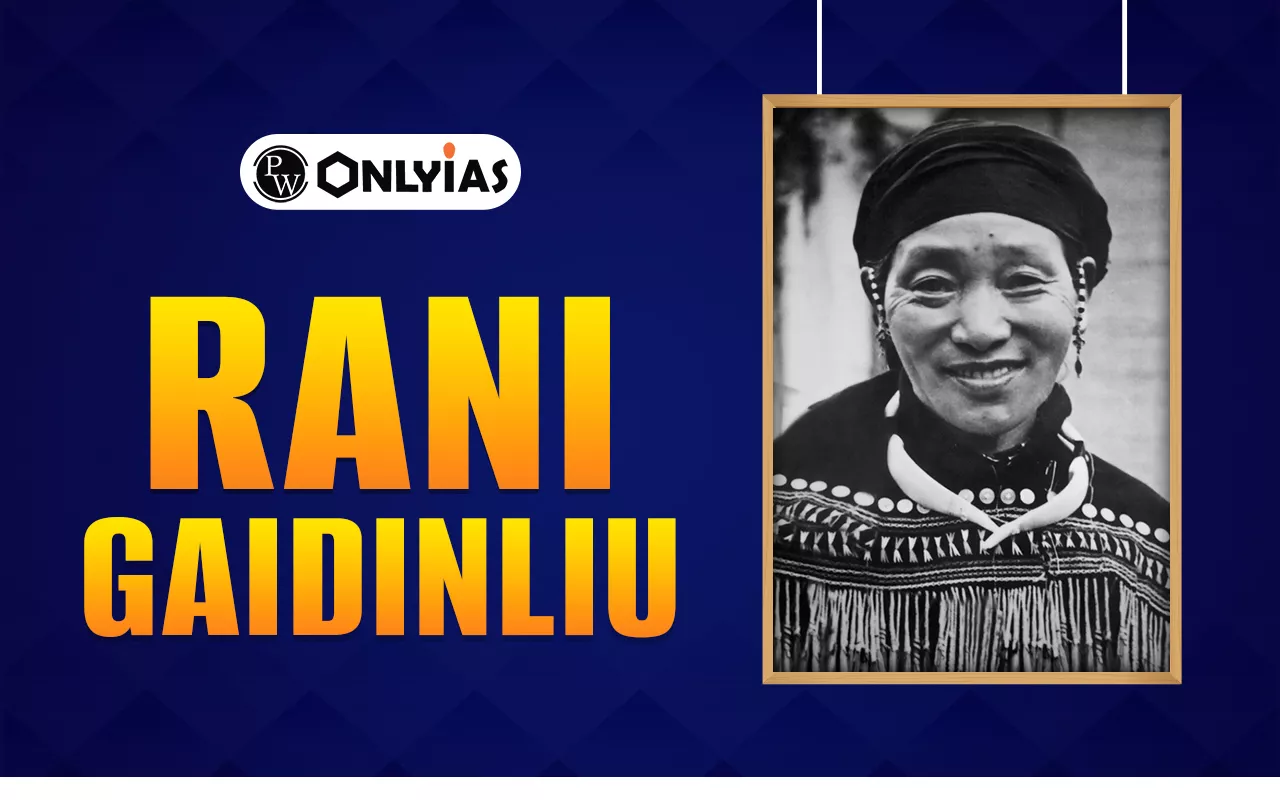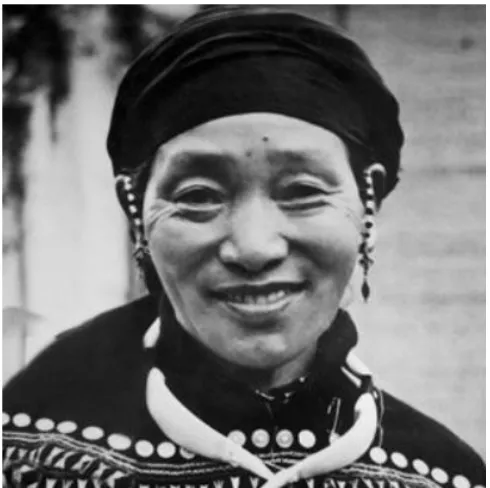Rani Gaidinliu was a fearless Naga freedom fighter and spiritual leader who led the Heraka Movement to protect indigenous culture and resist British rule in Northeast India. Born in 1915, she joined the movement at 13, succeeded her cousin Haipou Jadonang after his execution, and spent 14 years in prison for opposing the British.

Rani Gaidinliu was a Naga warrior queen and spiritual leader from Northeast India. She rebelled against the British colonial rule and the efforts to Christianise her people. The Rani was the central figure of the Heraka Movement, marked by a spirit of resistance. Gaidinliu was imprisoned for over a decade. Rani Gaidinliu was a symbol of resistance, courage and faith. Her legacy goes beyond political freedom and extends to cultural revival and unity of the region’s tribal people.
Rani Gaidinliu was an Indian historical figure who is known for being both a freedom fighter and a religious reformer. She belonged to the Zeliangrong Naga tribe of Manipur, where she spent most of her life trying to preserve her people’s traditions and overthrow British colonial rule. She began her struggle in her early years, following in the footsteps of her cousin Haipou Jadonang. Haipou had created a Heraka Movement for the native Naga faith, as well as to fight against British rule.
She was among the most influential and powerful voices of the Northeast Indian independence fight, even as a child. Her legacy lives on as a strong embodiment of resilience, courage, and service to one’s community and nation.

She was born on January 26, 1915, in Nungkao village, which was then part of Assam but is now in Manipur, India. She was born into a Rongmei Naga family and was raised in a village that followed the indigenous Heraka faith.
The early life of Rani Gaidinliu is an example of her spiritual nature and bravery. She followed Haipou Jadonang, a religious leader who sought to restore traditional Naga religion and values. Gaidinliu had already taken a vow to the Heraka faith by the time she was 13.
Rani Gaidinliu was a Naga political activist who fought against British rule and worked for the rights and recognition of the Zeliangrong tribe throughout her career. As a freedom fighter and political leader, she led several agitations for tribal self-rule, protection of indigenous faith, and was actively involved with national leaders to press her demands. In recognition of her contributions, Rani Gaidinliu was bestowed with several awards and titles.
A remarkable Naga freedom fighter, Rani Gaidinliu, fearlessly championed indigenous identity and British expulsion from Northeast India as central to the Indian freedom struggle. Her resistance to colonial rule galvanised the Zeliangrong tribes towards unity, defiance, and pride. Gaidinliu’s legacy endures in shaping tribal rights and women’s empowerment.
Check Out UPSC CSE Books
Visit PW Store
About Rani Gaidinliu’s history, one has to know the Heraka Movement. In the 1920s, Haipou Jadonang, a leader of the Zeliangrong tribes in the Northeast, started the Heraka Movement. The word Heraka means “pure” and represents a return to the original purity of the traditional Naga faith.
Ready to boost your UPSC 2026 preparation? Join PW’s UPSC online courses today!
Rani Gaidinliu was a Naga freedom fighter and spiritual leader who led the Heraka Movement against British rule and worked to preserve tribal culture.
She was the leader of the Heraka Movement, a socio-religious and political movement in the Zeliangrong region.
She organized tribal resistance against the British, led protests, and promoted indigenous self-rule, inspiring unity among the Naga people.
The Heraka Movement aimed to revive traditional Naga religion and resist colonial control by promoting indigenous beliefs and community strength.

<div class="new-fform">
</div>